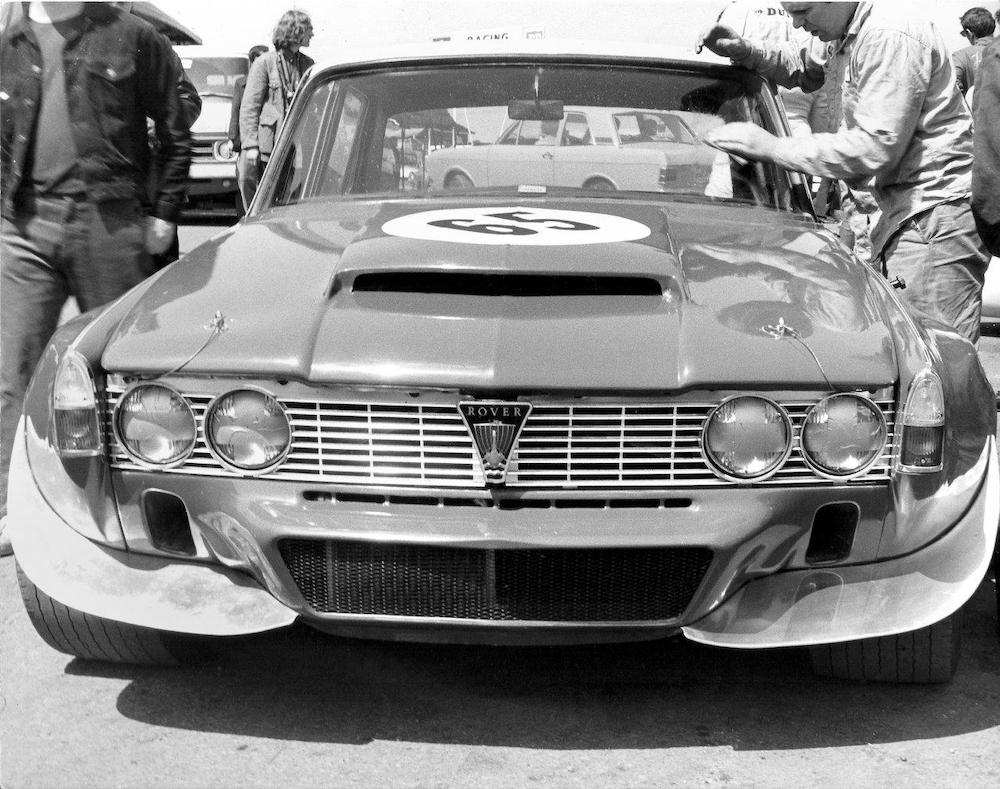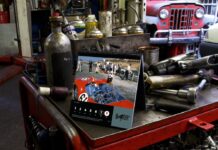One of the more remarkable and unexpected racing saloons of the late 1960s was a race-prepared Rover which was based on the P6 2000 saloon; Rover was at the time part of the British Leyland group. Saloon car racing was hugely popular and numerous manufacturers competed in races around Europe in order to promote and advertise their products.

Some notable cars from BMW, Ford, Mercedes provided some memorable races but nobody expected a staid, slightly dull saloon such as Rover to be competitive. However, the senior management at British Leyland had earlier made an uncharacteristically sensible decision to purchase the rights from General Motors to build it’s own version of one of its V8 engines. It proved ideal for race tuning and in due course an even more remarkable decision was made to build two race-prepared Rover saloons using its V8 engine that was professionally prepared in the USA by Traco. One car took part in the 1969 Nurburgring 84-hour marathon and was leading its class until a prop-shaft vibration forced its retirement. The second Rover, seen in the photograph, was built to Group 2 regulations and competed in the British Touring Car championship in 1970. Under the stretched bodywork were numerous modifications which included suspension and brakes sourced from a McLaren M10 while the engine was bored out to 4.3-litres. It is shown in the Brands Hatch paddock, May 3rd 1970 prior to being driven to victory by Roy Pierpoint.
One of the foremost sports and saloon car drivers of the period, Roy Pierpoint, became involved in motor sport after he and his friend Alan Mann purchased a garage business in the small village of Rusper in Sussex. As well as carrying out general repairs they also purchased and sold some of the very best sports cars of the time which in turn led to them entering an occasional club race. Roy proved to be a natural driver and, in 1961, he recorded his first victory at the age of 31. He earned a reputation for being fast and reliable and by 1968, having successfully raced a wide variety of saloons and sports cars, he found himself competing in the BOAC 500 world championship race at the wheel of a Ferrari 250LM. His co-driver was Pedro Rodriguez and between them they brought the elderly Ferrari home in a creditable fifth place against strong opposition. The following year saw Roy become part of the works-entered Rover saloon car team prior to competing in the British saloon car championship in 1971, achieving outright wins at several British circuits. He graduated into historic racing and continued competing until 1984 when a start-line accident led to a decision to retire. Roy Pierpoint was one of the very best amateur drivers who raced for the love of the sport but he was also extremely competitive, as he demonstrated when racing against grand prix drivers in saloon cars.
From ‘Moments in Motorsport’ by Trevor Legate.










